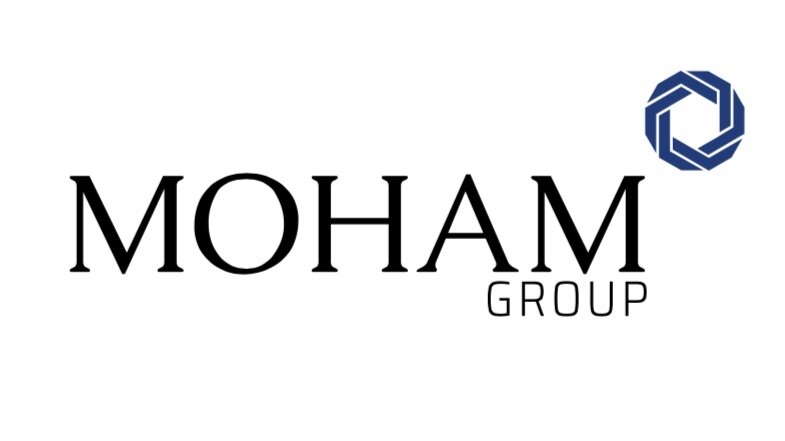RECYCLING AND BEYOND
Rethinking waste to create products with circular lifecycles and shared value for all
PAPER-BASED PRODUCTS QUICKLY COME TO MIND WHEN THINKING ABOUT RECYCLING
Few in our target markets are unfamiliar with placing used newspapers, copy paper or corrugated packaging into those ubiquitous blue bins. In fact, paper recycling is deeply rooted in human history — people have been doing it for hundreds of years.
Since the 1970s, recycling methods and culture have advanced to the point that, by 2018, as much as 68 percent of paper and 96 percent of corrugated packaging consumed in the U.S. is recycled. But traditional notions of recycling are still rooted in the “take-make-waste” model centered around “doing less bad.”.
Our commitment to fighting climate change goes beyond just doing the right things — it’s about creating value for all stakeholders for generations to come. It’s about our dissatisfaction with “doing less bad” and our determination to “do more good.”
That’s why we have a strict code in choosing the mills we choose to cooperate with. Our chosen mills must embrace the concept of the circular economy. This means that we are always looking to evolve the design of our products so that they can enjoy multiple lives through repeated cycles of reuse and recycling. We want to eliminate the very word “waste” from our vocabulary — everything we use to manufacture our products has the potential to be viewed as a renewable resource. We must work to keep products, components, and materials at their highest value at all times.
VS.
At MOHAM, we only choose products that are made with naturally renewable fiber: pulp. But contrary to popular belief, paper is not infinitely recyclable — the average number of times your printer paper can be recycled, for example, is about seven times.2 Paper is made up of long fibers, which shorten each time they are recycled until they no longer support the function of the product. This means that there will always be a need to introduce new pulp into the papermaking process in addition to maximizing recovery and use of recycled fibers.
To create the most sustainable business model possible, MOHAM looks beyond basic recycling to evaluate our entire value chain. This means we start by championing responsible forestry, put residual materials to good use in the manufacturing process and recover and reuse fiber.
Through a comprehensive approach of improving the circularity of our products and processes while being good stewards of natural resources, we ensure a steady and reliable supply of pulp for boxes, copy paper, tissues, and other products which delight our customers.
In other words: when forests thrive, so do we.
Going Above And Beyond
What happens at a paper product’s traditional “end-of-use” — whether a customer places it in the recycle or rubbish bin — will never be fully within our control. However, MOHAM continues to work to increase recycling rates and encourage more recovery in the residential sector. Given our global reach and the growth of online shopping and e-commerce, we see abundant opportunities to make an even greater impact. To this end, International Paper has become a funding partner of The Recycling Partnership, and is involved in projects with the Fibre Box Association.
Globally, MOHAM partners recover, process, reuse and facilitate the sale of more than 7 million tons of recovered fiber annually
Going Further Together
The challenges of bringing about circular solutions in the paper industry are greater than any single company can take on alone. That’s why International Paper works across the industry, with nongovernmental organizations and governments.
We’ve aligned our efforts with the United Nations Sustainable Development Goals (SDGs), particularly SDG 12 (Responsible consumption and production), SDG 6 (Clean water and sanitation) and SDG 15 (Life on Land). By working collaboratively with others toward these goals, we can make a major impact in building a better world.
We are also are working with the World Business Council for Sustainable Development to drive the transition to a more sustainable and low-carbon economy that thrives on responsibly managed, renewable, natural resources.
These efforts don’t only help sustain the planet — they are also good for the economy. For example, the forest products industry alone supports 2.4 million jobs through the supply chain while manufacturing nearly $300 billion in products annually.
Rethinking Waste
In nature, there’s no such thing as “waste” — everything serves as a nutrient for something else. Because manufacturing waste is a human invention, we can take steps to reduce it. Practically, this includes “designing out” waste from our products. One of our innovations, ClimaShield®, improves the recoverability and recyclability of corrugated boxes through environmentally-friendly waterproofing.
At International Paper, we work to make the most of every tree and the byproducts of the manufacturing process to create value and eliminate waste. We use biomass residuals from the manufacturing process to supply nearly 75 percent of the energy used in our mills. This helps us shrink our carbon footprint by reducing our reliance on fossil fuels


